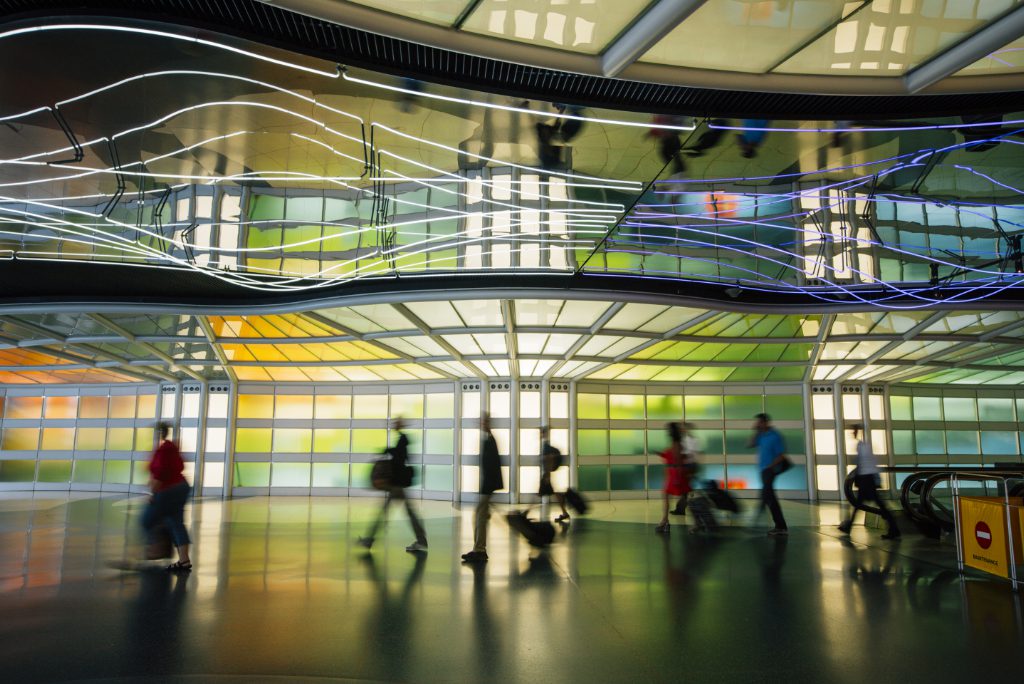Australia's Skyfii Targets Airport Tech Market Globally With Its Computer Vision Acquisition

Skift Take
Skyfii's acquisition of the startup CrowdVision highlights how computer vision is becoming a key technology for the travel sector. The tech lets airports and other companies generate data and insights to ensure safe and efficient crowd control and optimal retail sales.
Skyfii, a Sydney-based tech company, completed this week its acquisition of CrowdVision, a Los Angeles-based startup that uses artificial intelligence, computer vision, and Lidar (or safe, invisible laser beams) to study passenger flows at airports. The deal will help Skyfii to sell its location-based analytics and marketing tools to airports and other venues worldwide.
"Tracking a passenger's journey from curb to gate-side is a holy grail for airport operators, but no tech platform can do this well today," said Skyfii CEO Wayne Arthur. "This acquisition gets us much closer than we think anyone else can for delivering a full picture."
CrowdVision's tech is used by 9 out of the 15 largest airports in the U.S., inclu

